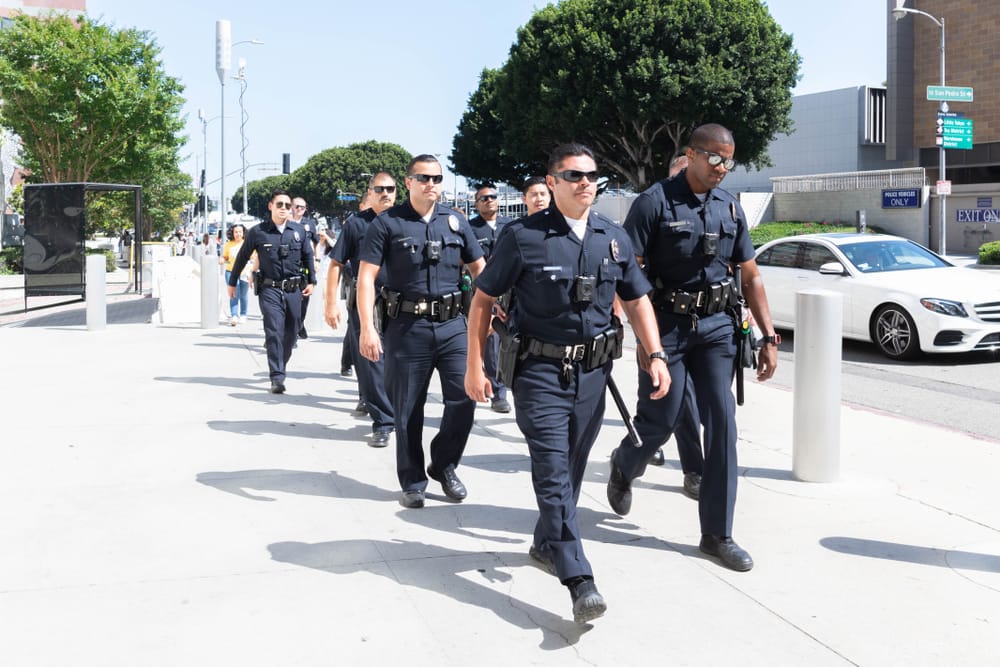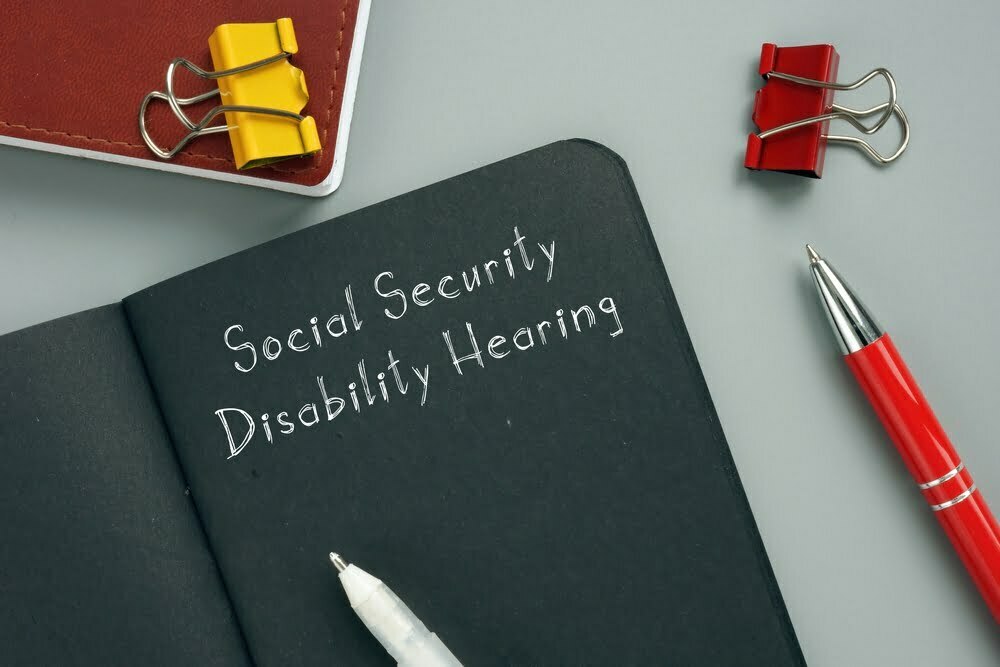 Last week I had a Social Security disability hearing at the Office of Disability Adjudication and Review (“ODAR”) in San Rafael, California. My client suffers from a rare auto-immune disease called ankylosing spondylitis (“AS”). “AS” is a type of arthritis of the spine. It causes swelling between vertebrae and over time it can fuse vertebrae together. (You can obtain a brief description of this disease on MedlinePlus’ web page about ankylosing spondylitis.)
Last week I had a Social Security disability hearing at the Office of Disability Adjudication and Review (“ODAR”) in San Rafael, California. My client suffers from a rare auto-immune disease called ankylosing spondylitis (“AS”). “AS” is a type of arthritis of the spine. It causes swelling between vertebrae and over time it can fuse vertebrae together. (You can obtain a brief description of this disease on MedlinePlus’ web page about ankylosing spondylitis.)
While preparing for my case, I learned that diagnosis of ankylosing spondylitis is done through a blood test. There is a gene, HLA-B27 which is present in the blood of approximately 95% of people who have ankylosing spondylitis. My client had the blood test taken by her treating physician and the test showed it was positive for the gene.
I wondered why then the Disability Determination Services wrote a note in the file, “Inconsistencies between reports and allegations.” I know they write that for everyone, or so it seems, but in this case, the medical diagnosiss was confirmed. Upon further review, I realized that the Social Security Administration had failed to give the consultative medical examiner all of the evidence.
Social Security will send a claimant to a consultative medical exam if they feel the claimant’s evidence provided by the claimant’s own medical sources is inadequate to determine disability. At the reconsideration stage of my client’s case, she was sent to a consultative medical exam. The Disability Determination Services provided the medical examiner with a partially completed Disability Report and back x-rays taken by her treating physician. They did not provide the doctor with the results of the blood test, dated the same date as the x-rays and included in the claimant’s file. The consultative examiner wrote in her report that she could find no evidence of ankylosing spondylitis. Well, it is not surprising. If Social Security did not provide the blood test results to the doctor, how could the doctor find it?
I do not know if my client would have succeeded at the reconsideration stage if the doctor would have been able to confirm the existence of the disease but it seems that my client never had a fighting chance to succeed without the submission of the medical evidence to the consultative examiner.
It does not make sense to me. It is expensive to pay for a consultative examination. It is even more expensive to pay for judges, clerks, and experts at ODAR. Perhaps if Social Security spent a little more time and money at the initial stages, it would not be necessary for claimants to pursue their cases to hearings in front of Administrative Law Judges.
My client’s case does have a happy ending. We succeeded at our hearing in front of the administrative law judge. While I am happy (and of course she is very happy), it is a shame it took a judge’s review of all the evidence to make the decision that could have been made a year ago.

Know Your Rights
We are receiving many calls from frightened people due to the rhetoric they are hearing from President Trump and members of his Cabinet. Everyone is scared, even those people who have legal status. Rumors are flying around of ICE raids, numerous arrests, and mass deportations. More now than ever, it




